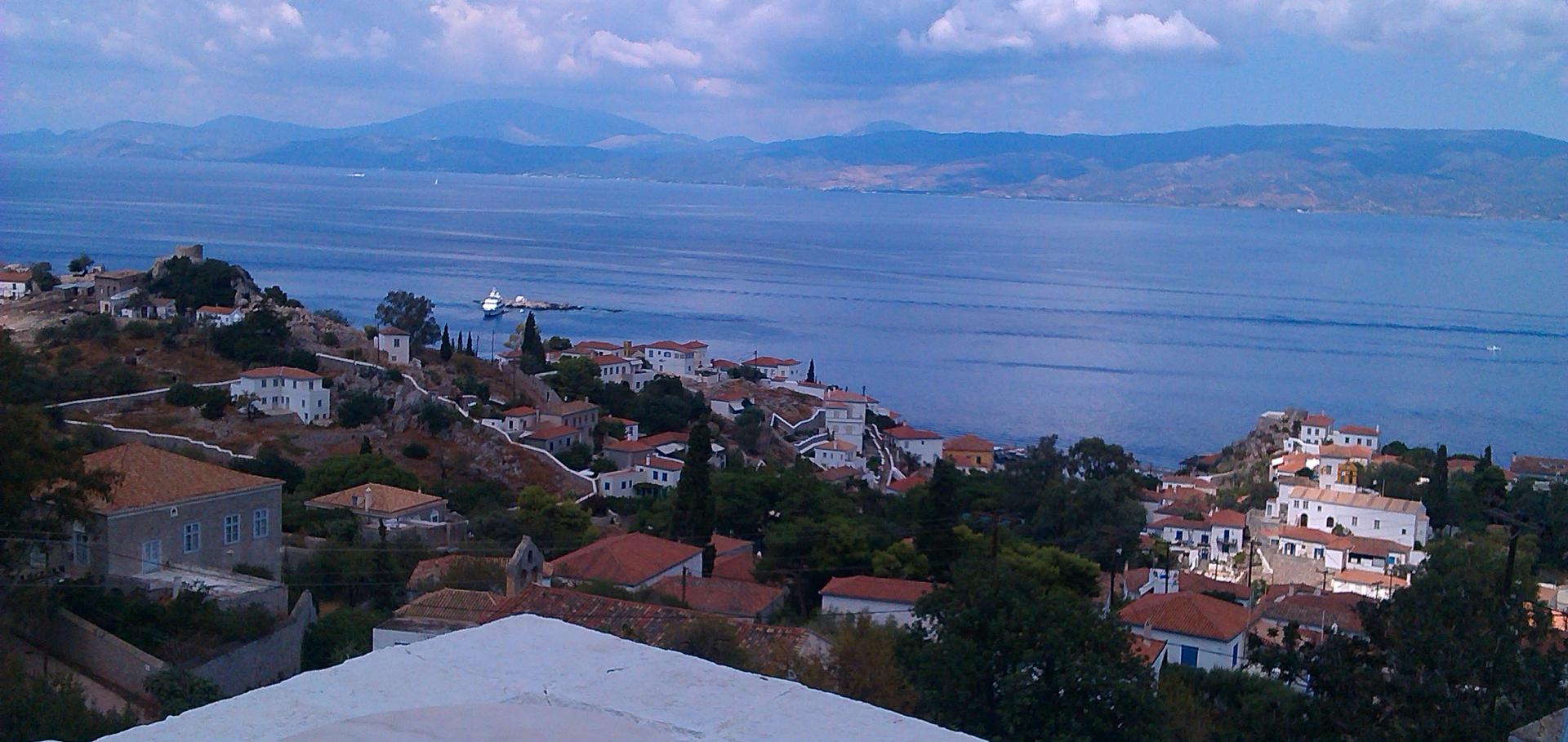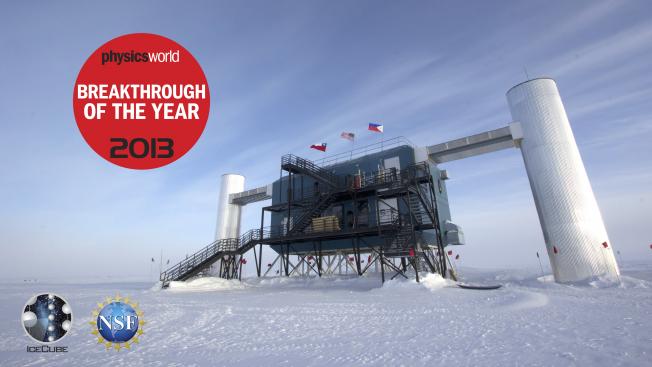Exploring the Universe with Neutrinos: Recent Results from IceCube
Nuclear and Particle Physics Proceedings Elsevier 287 (2017) 139-142
Astrophysical neutrinos and cosmic rays observed by IceCube
Advances in Space Research (2017)
Abstract:
© 2017 COSPAR. The core mission of the IceCube neutrino observatory is to study the origin and propagation of cosmic rays. IceCube, with its surface component IceTop, observes multiple signatures to accomplish this mission. Most important are the astrophysical neutrinos that are produced in interactions of cosmic rays, close to their sources and in interstellar space. IceCube is the first instrument that measures the properties of this astrophysical neutrino flux and constrains its origin. In addition, the spectrum, composition, and anisotropy of the local cosmic-ray flux are obtained from measurements of atmospheric muons and showers. Here we provide an overview of recent findings from the analysis of IceCube data, and their implications to our understanding of cosmic rays.Astrophysical neutrinos and cosmic rays observed by IceCube
Advances in Space Research Elsevier 62:10 (2017) 2902-2930
Abstract:
The core mission of the IceCube Neutrino observatory is to study the origin and propagation of cosmic rays. IceCube, with its surface component IceTop, observes multiple signatures to accomplish this mission. Most important are the astrophysical neutrinos that are produced in interactions of cosmic rays, close to their sources and in interstellar space. IceCube is the first instrument that measures the properties of this astrophysical neutrino flux, and constrains its origin. In addition, the spectrum, composition and anisotropy of the local cosmic-ray flux are obtained from measurements of atmospheric muons and showers. Here we provide an overview of recent findings from the analysis of IceCube data, and their implications on our understanding of cosmic rays.Prospects for Cherenkov Telescope Array observations of the young supernova remnant RX J1713.7−3946
Astrophysical Journal American Astronomical Society 840:2 (2017) 74
Abstract:
We perform simulations for future Cherenkov Telescope Array (CTA) observations of RX J1713.7−3946, a young supernova remnant (SNR) and one of the brightest sources ever discovered in very high energy (VHE) gamma rays. Special attention is paid to exploring possible spatial (anti)correlations of gamma rays with emission at other wavelengths, in particular X-rays and CO/H i emission. We present a series of simulated images of RX J1713.7−3946 for CTA based on a set of observationally motivated models for the gamma-ray emission. In these models, VHE gamma rays produced by high-energy electrons are assumed to trace the nonthermal X-ray emission observed by XMM-Newton, whereas those originating from relativistic protons delineate the local gas distributions. The local atomic and molecular gas distributions are deduced by the NANTEN team from CO and H i observations. Our primary goal is to show how one can distinguish the emission mechanism(s) of the gamma rays (i.e., hadronic versus leptonic, or a mixture of the two) through information provided by their spatial distribution, spectra, and time variation. This work is the first attempt to quantitatively evaluate the capabilities of CTA to achieve various proposed scientific goals by observing this important cosmic particle accelerator.The IceCube realtime alert system
Astroparticle Physics Elsevier 92 (2017) 30-41



